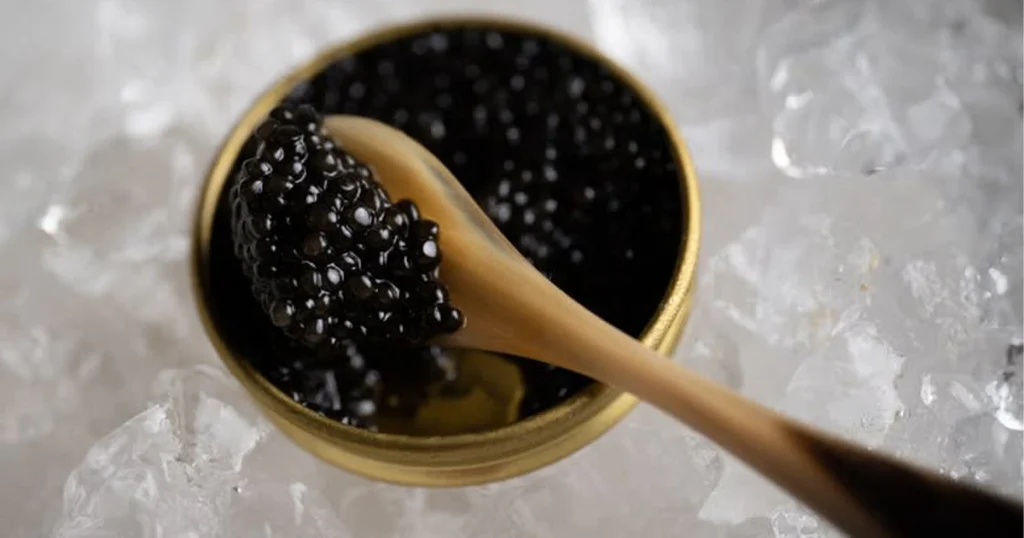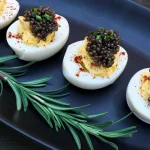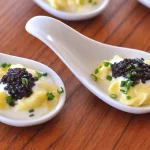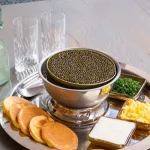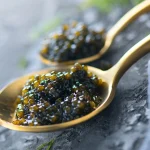Proper storage is key to maintaining its satisfying texture and rich flavor when it comes to enjoying the best quality caviar. Sevruga Caviar Storage Temperature Guide ensures you get the best experience by preserving freshness and preventing spoilage.
Many premium brands, such as Dariush Caviar, highlight the importance of correct storage methods to maintain the caviar’s high-end quality.
Impact of Temperature on Caviar Quality
Sustaining optimal caviar storage conditions is crucial, as temperature instabilities can quickly weaken the product. Ideally, Sevruga caviar should be stored at a temperature between -2°C and 2°C (28°F to 36°F) to slow down spoilage while preserving its taste and texture.
If exposed to improper caviar storage conditions, caviar may become too soft, form off-flavors, or lose its iconic burst. Common mistakes include storing it at room temperature or regularly opening the container, which speeds up oxidation and diminishes quality.
Ideal Temperature for Storing Sevruga Caviar
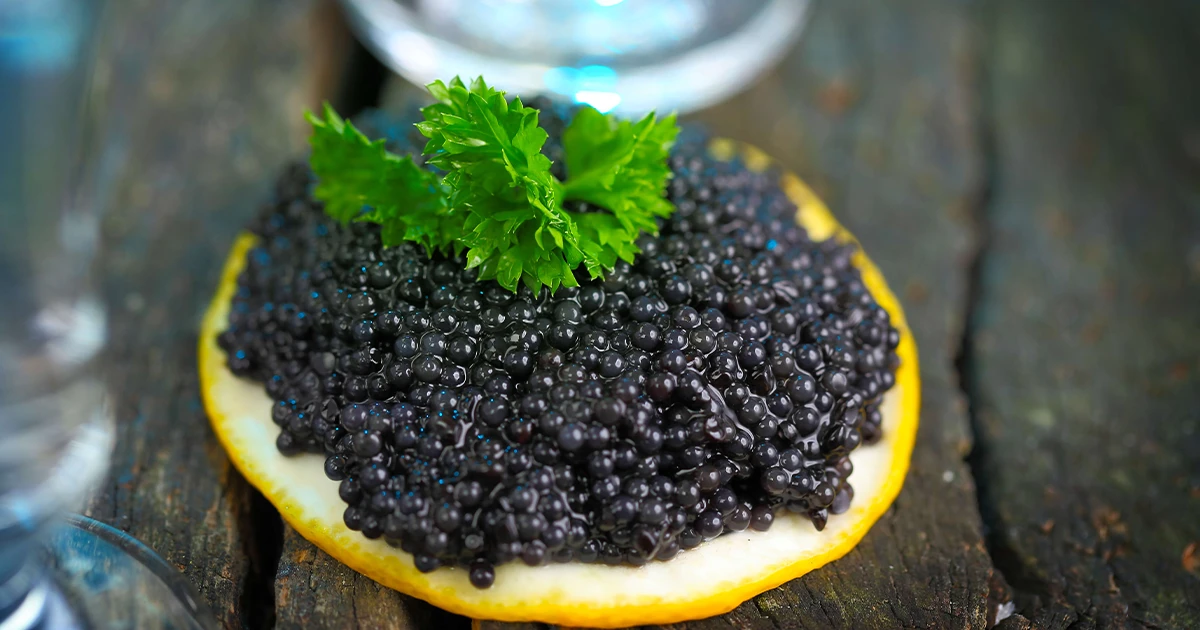
Maintaining precise temperature control is essential for premium caviar storage, ensuring the sophisticated pearls keep their freshness and exquisite texture. According to the Sevruga Caviar Storage Temperature Guide, the ideal temperature range for storing Sevruga caviar is between -2°C and 2°C (28°F to 36°F).
Frequently, temperature monitoring helps avoid temperature shifting that could compromise quality, making it an essential factor in preserving caviar’s luxurious taste.
Storing caviar at this temperature also lowers the risk of bacteria growth, which can spoil the product and affect its taste. Therefore, consistent temperature management is crucial for savoring the caviar at its finest.
If you’re planning to buy Suruga caviar, make sure to visit our «Bulk Suruga Caviar Purchase» page.
Effects of Improper Storage Temperatures
Failing to store Sevruga caviar within the ideal range can cause spoilage. If kept too warm, the caviar’s texture may become soft, and its refined briny flavor could degrade.
Alternatively, freezing can cause the pearls to burst, destroying their signature pop. Exposure to variable temperatures not only affects taste but can also impact the visual appeal of the caviar. Following premium caviar storage standards ensures the product maintains its exquisite taste and consistency.
Investing in high-quality refrigeration and controlled temperature monitoring prevents unnecessary degradation, ensuring the caviar stays in top condition. By following these premium caviar storage practices, you can enjoy Sevruga caviar at its maximum quality every time, preserving the delicate texture and flavor that make it superb.
Cold Chain Management for Premium Caviar

Proper refrigeration is essential for maintaining Sevruga caviar’s exquisite texture and taste. Any unsteady temperature changes can put quality at risk, leading to spoilage or loss of flavor.
According to the Sevruga Caviar Storage Temperature Guide, providing a stable cold chain ensures the caviar stays fresh from production to consumption. Strict adherence to refrigeration requirements avoids bacterial growth and oxidation, which can degrade the product’s ideal quality.
How to Handle Caviar During Transport
Transporting caviar requires customized packaging to maintain its ideal storage conditions. Temperature-controlled containers with ice packs or gel coolants help regulate temperature and minimize exposure to heat.
To meet refrigeration requirements, caviar should be stored between -2°C and 2°C (28°F to 36°F) throughout transit. Careful handling and minimizing time outside refrigeration are critical to preserving its texture, ensuring consumers savor the premium-quality Sevruga caviar.
The caviargiaveri website explains how to store caviar in the refrigerator:
To store caviar properly, avoid freezing it—caviar should always be kept in the refrigerator. The ideal temperature range is between 0°C and 4°C.
For best results, place the caviar in the coldest section of the fridge, typically the lower shelf or the fruit and vegetable drawer. Keeping it at a stable, cool temperature helps preserve its delicate texture and subtle flavor notes.
Shelf Life and Expiry Considerations
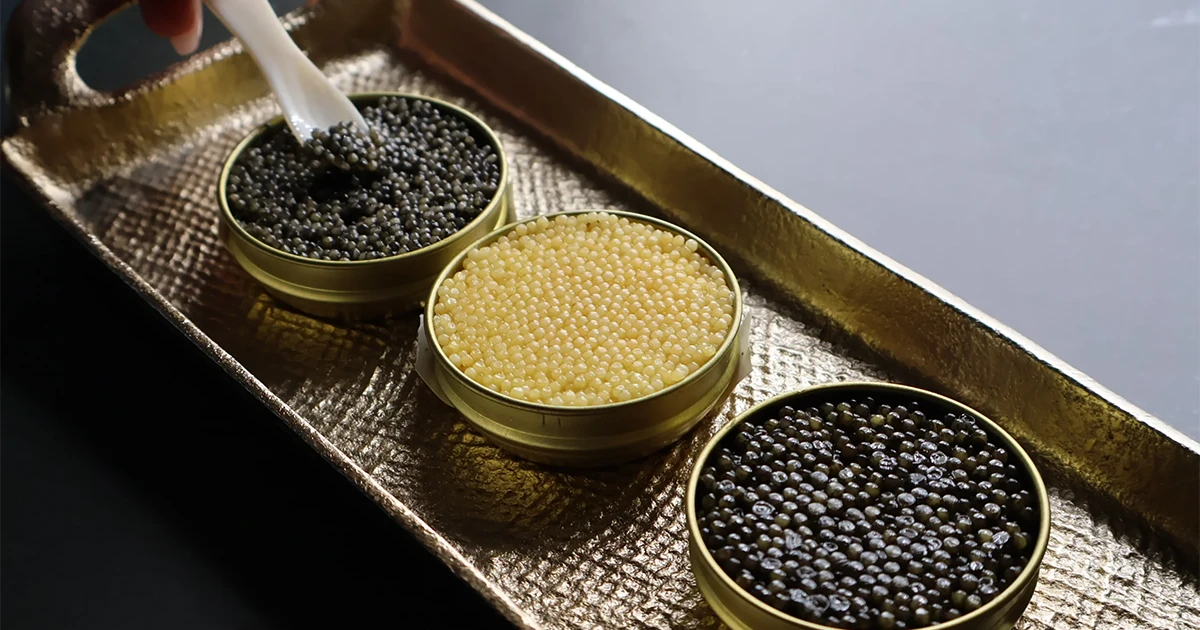
Proper storage is essential for maximizing the Sevruga caviar shelf life and preserving its remarkable taste. Under optimal conditions, unopened Sevruga caviar can be consumed for up to six weeks when stored between -2°C and 2°C (28°F to 36°F).
Once you open it, however, it should be consumed within a few days to maintain its perfect texture and fresh aroma. According to the Sevruga Caviar Storage Temperature Guide, maintaining a consistent cold environment prevents premature spoilage and ensures the highest quality experience.
To better understand how Sevruga compares to other varieties, you can check out our Review of Different Kinds of Caviar and Their Differences, where we highlight what makes each type unique in terms of taste, texture, and storage needs.
Signs That Caviar Is No Longer Fresh
If Sevruga caviar has surpassed its shelf life, you may detect the following signs of spoilage:
Strong, sour odor: Fresh caviar has a mild, ocean-like aroma, while spoiled caviar creates an unpleasant, sour smell.
Change in texture: The pearls should be firm and separate easily; if they become overly soft or bundle together, the caviar is no longer fresh.
Overly salty or metallic taste: A fresh batch of caviar has a refined, briny flavor. It may have gone bad if it tastes too salty or has a metallic hint.
Discoloration: Any apparent color change from its natural hue could indicate spoilage.
Appropriate refrigeration and minimal exposure to air can help increase freshness, allowing you to savor every bite of this gourmet dish.
Preventing Spoilage and Maximizing Freshness
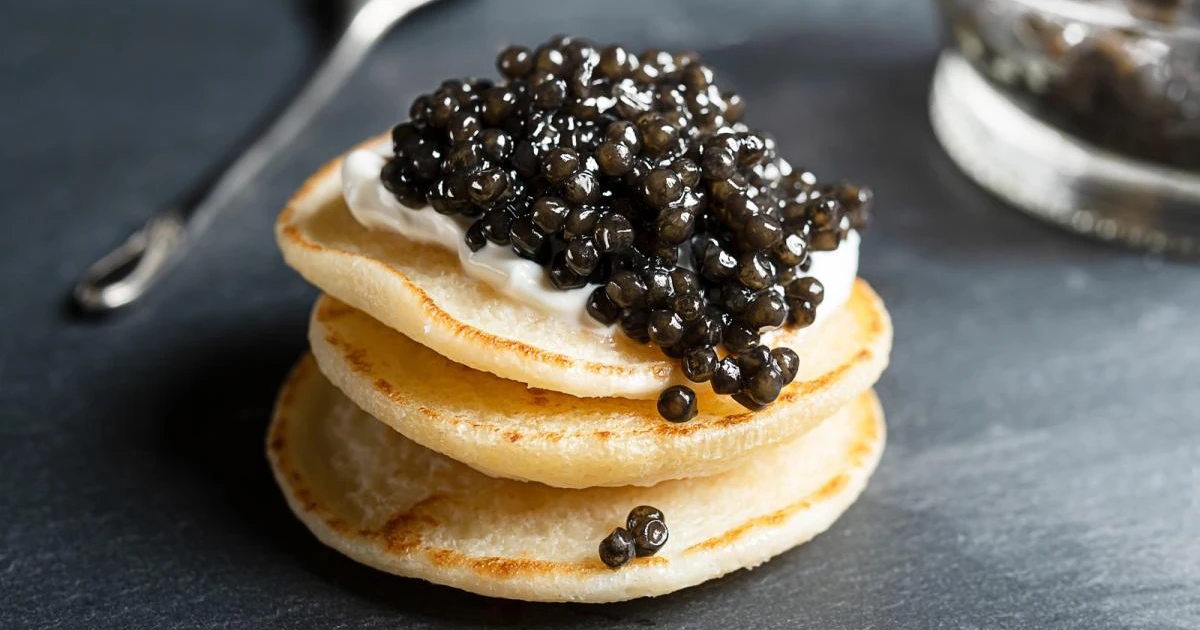
Appropriate handling is essential for caviar freshness maintenance to ensure the highest quality. One key factor is preventing moisture exposure, as excess humidity can lead the caviar to become exaggeratedly soft and lose its desirable texture.
Always store caviar in a sealed container to prevent condensation from forming inside. According to the Sevruga Caviar Storage Temperature Guide, maintaining a stable, cold environment is crucial in avoiding spoilage and maintaining the delicate taste of Sevruga Caviar.
The Impact of Freezing on Caviar Texture
While refrigeration is necessary to keep caviar fresh, freezing is not recommended. Freezing can initiate delicate caviar pearls to burst, resulting in a mushy texture and loss of flavor.
If freezing is inevitable, it should be done very carefully by keeping the caviar in vacuum-sealed packaging and defrosting it slowly in the refrigerator before consumption. However, for the best experience, proper refrigeration remains the best method for preserving premium Sevruga caviar.
Conclusion Of Sevruga Caviar Storage Temperature Guide

Proper storage is essential for preserving Sevruga caviar’s delicate taste and texture. Following the Sevruga Caviar Storage Temperature Guide ensures that your caviar remains fresh and maintains its premium quality.
Keeping it at the right temperature, avoiding moisture exposure, and preventing unnecessary handling all aid in extending its shelf life.
Investing in proper refrigeration and handling techniques is the key to enjoying Sevruga caviar at its best.
The Sevruga Caviar Storage Temperature Guide highlights the value of maintaining a stable cold chain to prevent spoilage and maintain freshness. By following these guidelines, caviar lovers can appreciate the luxurious experience that Sevruga caviar offers.


